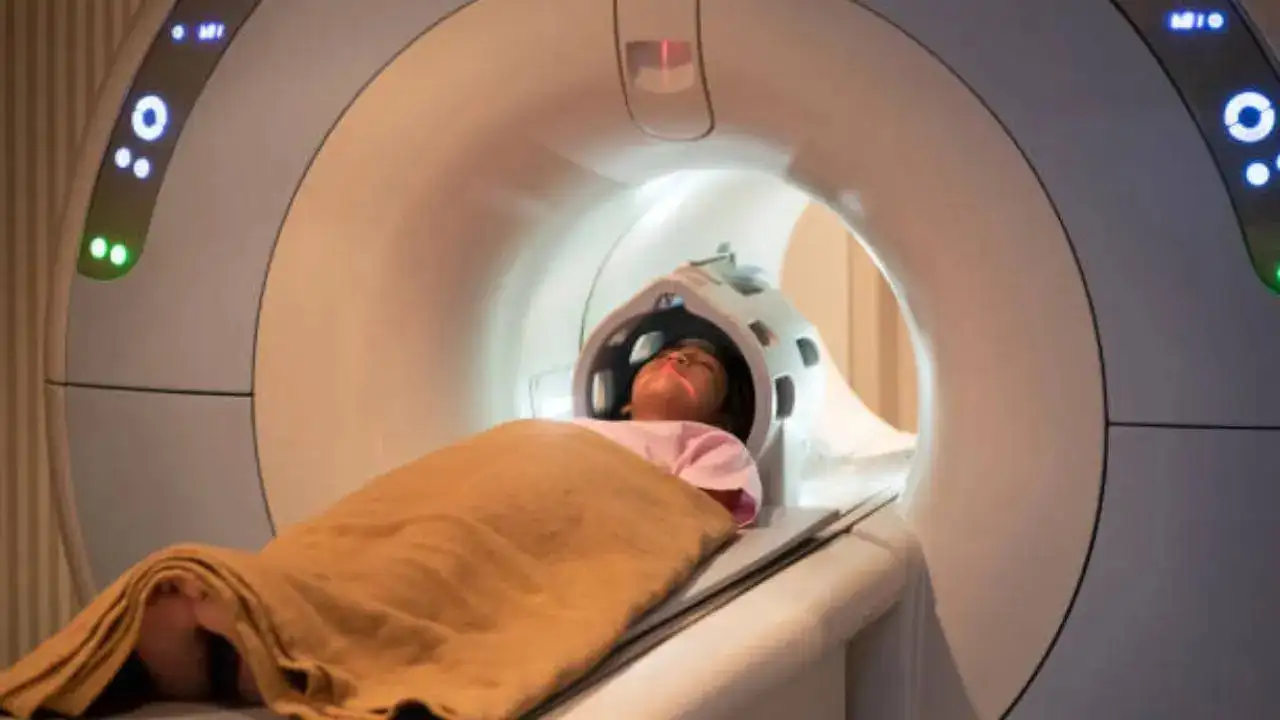
Oxalic acid, found in humans and many plant-based foods, contributes to the buildup of gadolinium nanoparticles following an MRI
For those requiring a magnetic resonance imaging, or MRI scan, you need to be very careful if you have an underlying kidney issue. According to experts, getting an injection of a contrast fluid, known as gadolinium—a dye that highlights your organs, blood vessels, and tissues to improve visibility—is extremely toxic.
Gadolinium is a silvery-white, rare-earth metal known for its strong paramagnetic properties. According to a new study, the traces of it may stay in your brain and body for years following an MRI scan.
The research done by the University of New Mexico School of Medicine has found that oxalic acid - an organic compound found in humans and many plant-based foods—also contributes to the buildup of gadolinium nanoparticles following an MRI. Since oxalic acid metabolises vitamin C or absorbs it, there can be toxic traces that affect your kidneys.
“We know that there’s a variety of potential complications with these MRI contrast agents; even though they may be few, they’re still important. We do believe that if we can find out the reason for why these complications occur, we might be able to address them and come up with safer methods of giving the contrast,” said Dr. Brent Wagner, senior author of the study and professor of internal medicine at the University of New Mexico School of Medicine.
What happens in your body after the MRI scan?
While MRI is among the most common scans across the world and generally considered safe, there can be severe reactions to the contrast agent in only among 0.03 per cent of people. According to experts, those with chronic kidney diseases and kidney failure have the greatest risk for health complications from gadolinium-based contrast agents.
In rare cases, you may also develop nephrogenic systemic fibrosis, which causes fibrosis, or scarring, of the skin and other tissues, leading to symptoms like skin thickening, joint contractures, and decreased mobility. “Patients that have this disease are tortured by it. One of them described it as ‘It feels like I’m being entombed by my own skin,” Wagner said.
For those without any kidney complications, the dye leaves their body within 24 hours, but they can still accumulate gadolinium-rich nanoparticles in their cells. Gadolinium binds to other chemicals in the contrast agent to prevent the metal from leaching into the bloodstream, but oxalic acid helps it form nanoparticles. While the research has been instrumental in its findings, there are no complete answers as to why complications from the contrast agent arise in those with kidney issues.
Can you skip the use of contrast agents during MRI?
According to experts, many people exhibit side effects like severe headaches, nausea, dizziness, or rashes following the injection with a contrast agent. So, doctors also have alternative imaging modalities like doing an MRI without contrast and a CT scan with intravenous contrast.
However, doctors say as long as the person doesn’t have kidney failure or a severe allergy to gadolinium, using gadolinium is ideal because it increases the amount of information you can get from an MRI.
Get Latest News Live on Times Now along with Breaking News and Top Headlines from Health and around the world.
